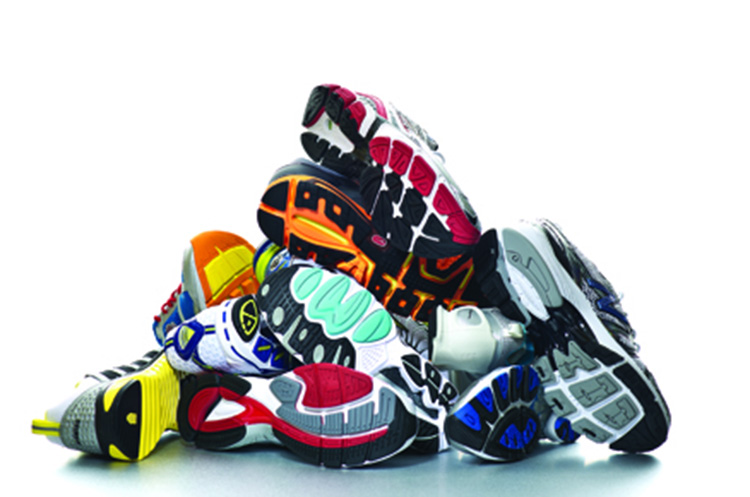Malisoux L1, Gette P2, Chambon N3, Urhausen A4, Theisen D2.
1 Luxembourg Institute of Health, Sports Medicine Research Laboratory, Grand-Duchy of Luxembourg, Luxembourg. Electronic address: This email address is being protected from spambots. You need JavaScript enabled to view it..
2 Luxembourg Institute of Health, Sports Medicine Research Laboratory, Grand-Duchy of Luxembourg, Luxembourg.
3 Decathlon, Movement Sciences Laboratory, Villeneuve d'Asq, France.
4 Luxembourg Institute of Health, Sports Medicine Research Laboratory, Grand-Duchy of Luxembourg, Luxembourg; Centre Hospitalier de Luxembourg, Grand-Duchy of Luxembourg, Sports Clinic, Luxembourg; International University of Health, Exercise and Sports (LUNEX), Grand-Duchy of Luxembourg, Luxembourg.
OBJECTIVES:
While several cross-sectional studies have investigated the acute effects of shoe drop on running biomechanics, the long-term consequences are currently unknown. This study aimed to investigate if the drop of standard cushioned shoes induces specific adaptations in running technique over a six-month period in leisure-time runners.
DESIGN:
Double-blinded randomised controlled trial.
METHODS:
The participants (n=59) received a pair of shoes with a heel-to-toe drop of 10mm (D10), 6mm (D6) or 0mm (D0) and were followed-up regarding running training over 6 months or 500km, whichever came first. Spatio-temporal variables and kinematics (foot/ground, ankle and knee joint angles) were investigated while running at preferred speed on a treadmill before and after the follow-up.
RESULTS:
The participants ran 332±178km in the study shoes between pre- and post-tests. There was no shoe version by time interaction for any of the spatio-temporal variables nor for lower limb angles at initial ground contact. A small but significant shoe drop effect was found for knee abduction at mid-stance (p=0.032), as it decreased for the D0 version (-0.3±3.1 vs. -1.3±2.6°) while it increased for the D6 (0.3±2.7 vs. 1.3±3.1°) and D10 version (-0.2±3.2 vs. 0.5±3.1°). However, none of the pairwise comparisons was significant in the post-hoc analysis.
CONCLUSIONS:
Apart from knee abduction at mid-stance, no specific adaptation in spatio-temporal variables and kinematics was found between the three shoe versions during this 6-month follow-up. Thus, shoe drop of standard cushioned shoes does not seem to influence running biomechanics in the long term.
Copyright © 2017 Sports Medicine Australia. Published by Elsevier Ltd. All rights reserved.
KEYWORDS: Biomechanics; Foot strike pattern; Longitudinal study; Running kinematics; Running shoes; Running technique









